Civiconcepts Make Your House Perfect With us
Contraction Joints A contraction joint is a sawed, formed, or tooled groove in a concrete slab that creates a weakened vertical plane. It regulates the location of the cracking caused by dimensional changes in the slab.
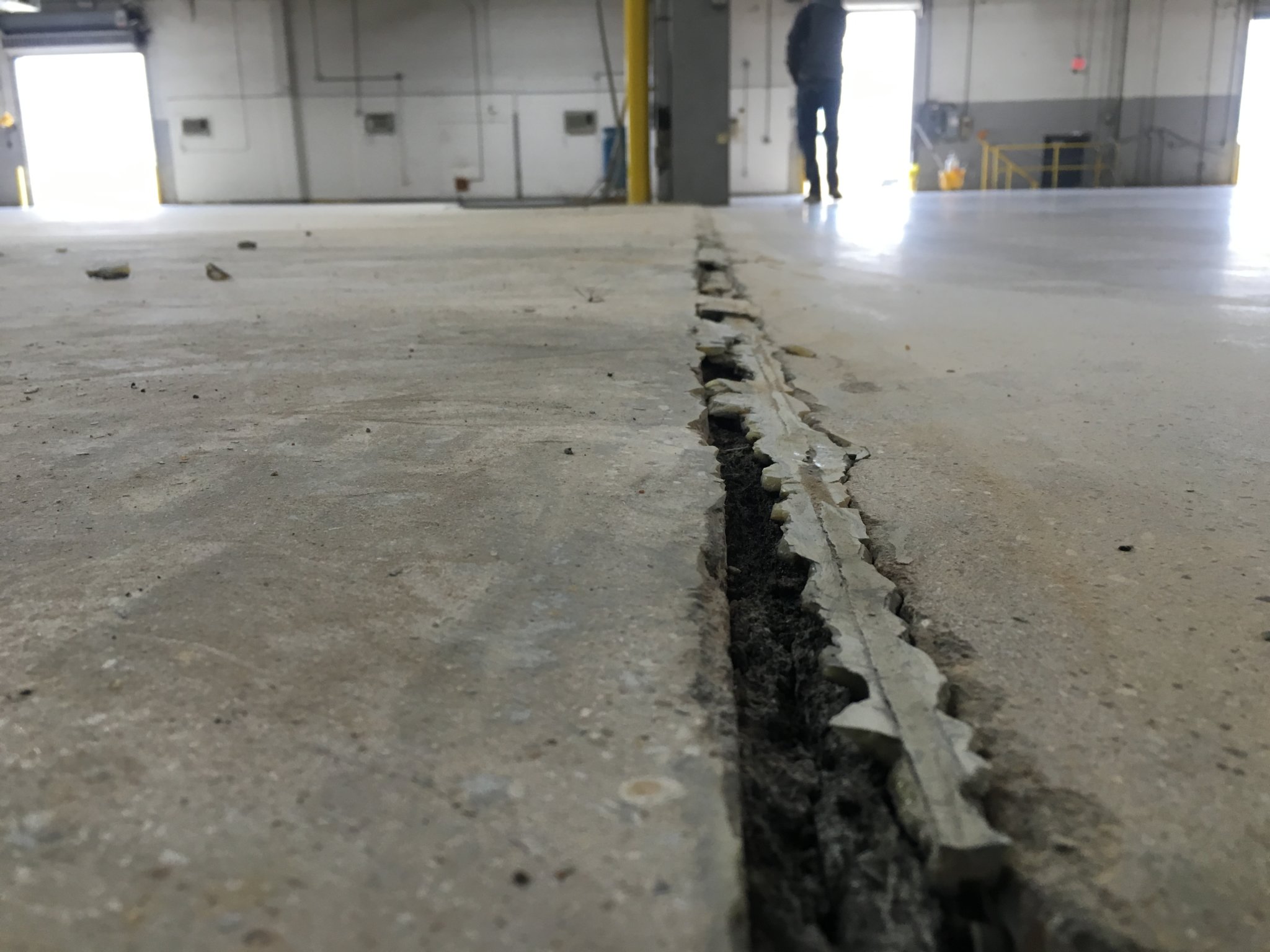
Concrete Joint Section Repair USAR
A construction joint is defined as a joint in the concrete introduced for convenience in construction at which special measures are taken to achieve subsequent continuity without provision for relative movement (Hacking of laitance, air jetting and wetting). Fig: Construction joint in concrete. Construction joints shall be located so as not to.

Joints in Concrete Construction Types and Location of Concrete Joints
Shop Roof Repair Products And Other Construction Products At Toolstation. Find Incredible Deals On Hundreds Of Quality Trade Products At Toolstation.

Types of Construction Joints in Concrete Engineering Feed
The resultant contact surface is known as a construction joint or daywork joint. Such joints must be formed carefully so that they transmit the required forces and, where appropriate, do not leak. Firstly the surface of the hardened concrete must be clean and free from laitance (the relatively soft surface layer) and any dust or debris.
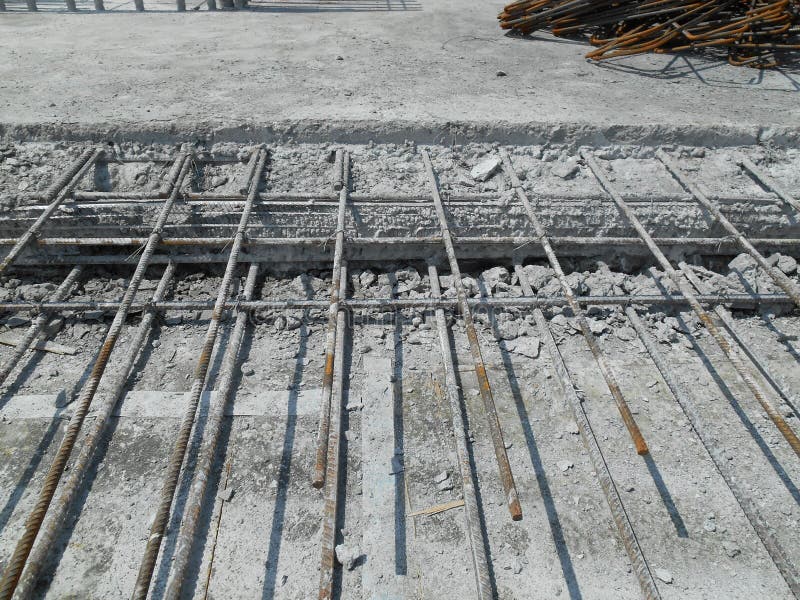
Concrete Construction Joint at Construction Site. Stock Image Image of mesh, contractor 80766843
The following recommended tips should be observed: Maximum joint spacing should be 24 to 36 times the thickness of the slab. Joints should be spaced about 10 feet and a maximum of 15 feet. When using joint groove for contraction joints, the joint should be a minimum depth of 1/4 thickness of the slab. Saw-cut joints should be done within four.
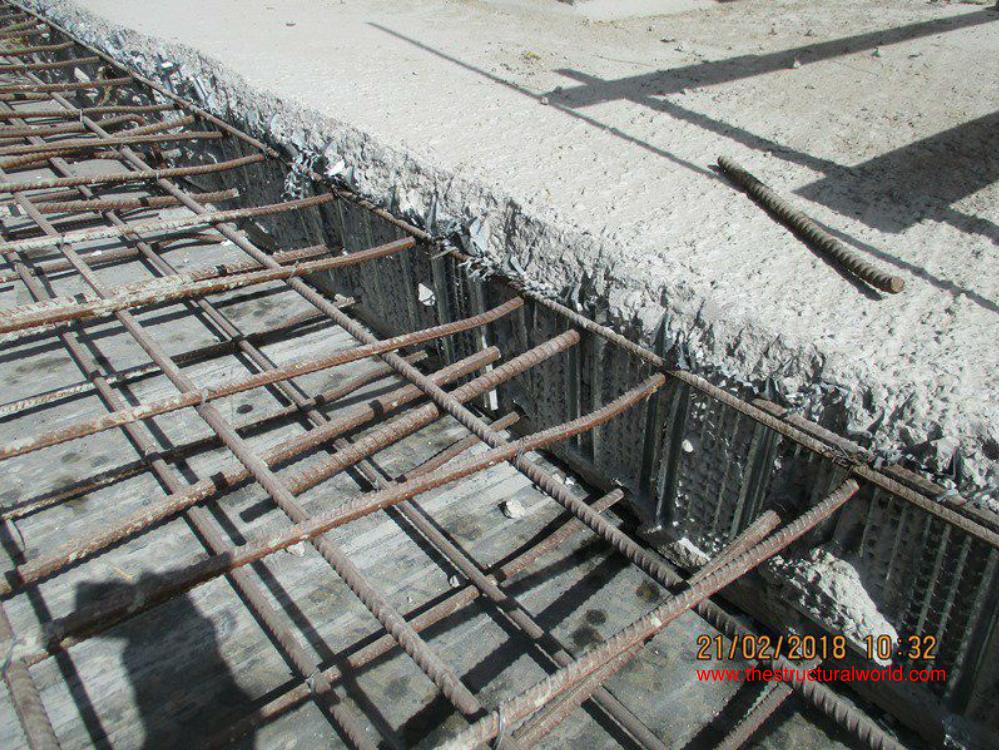
Construction Joint in Slabs The Structural World
Construction Joints Introduction: Any concrete structure that is going to require numerous movement joints, is best designed by a civil or structural engineer. All concrete, once placed, will contract slightly during the curing process; this is the primary cause of small surface cracks that appear during the curing process.

Types and Advantages of Construction Joint Civil Snapshot
Here are a few tips: Construction joints are formed using some sort of bulkhead, made of wood, steel, plastic, or precast concrete. These bulkheads are often used as screed rails during placement and finishing of the slab. Construction joints should be worked into the overall joint plan, where they can also function as contraction joints.

Movement Joints In Concrete Floor Slabs Carpet Vidalondon
5.8 Construction joints and pour sizes 10 72 5.9 Water-resisting construction 10 73 Section 6 Reinforcement 11 74 6.1 Materials 11 74 6.2 Execution 13 77 Section 7 Prestressed concrete construction 14 78 7.1 Design and quality control 14 78 7.2 Materials 14 79 7.3 Execution 15 80 7.4 Records 17 82 Section 8 Concrete and concreting 18 82
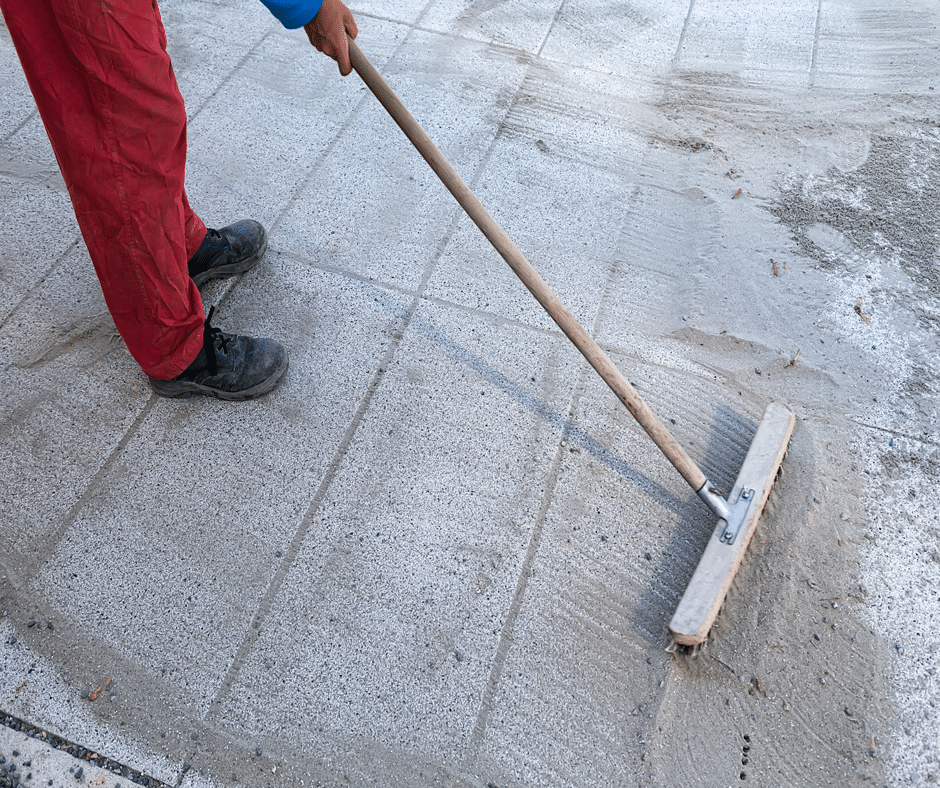
Types of Construction Joints in Concrete BN Products
Contraction Joints Placing Joints Sealing Joints Different joints in concrete slabs all have the same bottom-line purpose of preventing cracks. The Purpose of Joints in Concrete Slabs As concrete moves, if it is tied to another structure or even to itself, we get what's called restraint, which causes tensile forces and invariably leads to cracking.

Construction Joint or Daywork Joint Connecting Concrete Pours Successful Joints CivilDigital
When joint pain flares choose Flarin Joint & Muscular Pain Relief,. For joint pain relief as effective as prescription strength ibuprofen, choose Flarin

Construction Joint In Road Polymer concrete expansion joint ROBOSTATIFLEX Mageba A
A construction joint in concrete is a deliberate break or interruption in the continuous pour of concrete that allows for the consolidation of concrete and helps control cracking and separating due to shrinkage. Simply, they're stopping and starting points used when you don't pour the whole slab, floor, sidewalk, or driveway all at the same time.

Construction Joint in Concrete Types, Location Selection and Advantages
Contraction joints may be tooled into the concrete surface at the time of placement. Joints may be tooled into the surface (first pass) prior to the onset of bleeding or immediately with the first pass of the floating operation. The longer the first pass for jointing is delayed the more difficult it will be to shape clean straight line joints.

Concrete Floor Slab Construction Joints Flooring Site
Types of joints in concrete. Mainly, there are four types of joints in concrete: construction, isolation, expansion, and contraction joints. 1. Construction joints. A construction joint is basically an interface between two concrete pours, with a time interval longer than the initial setting time of the first.

Why The Design And Construction Of Joints Are So Important In Concrete Structures Minni
Providing construction joint in concrete limits the area to be concreted in a one pour. For example, when there is a large area to be concreted, we divide the area into several pours. It speeds up the construction work as part completion of work can proceed to concrete work. Further, a large area cannot be concreted within a day.
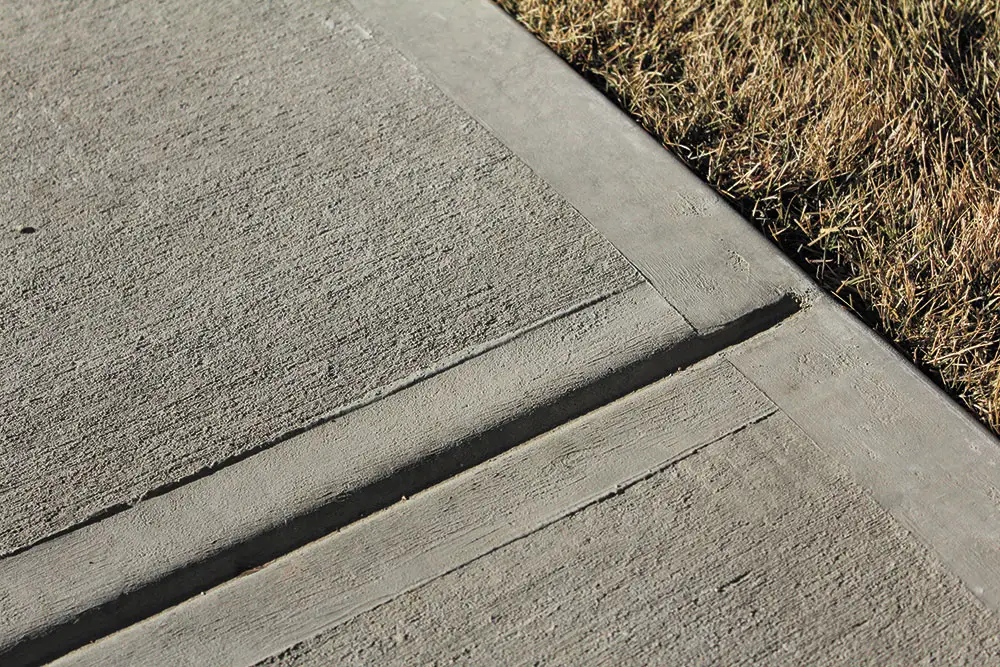
Settlement Joints Building & Construction, Civil Engineering & Structural Designs November 2023
INTRODUCTION. This CPD module will outline the types of joints involved in building and civil engineering structures and will look at technical issues facing contractors and maintenance personnel. There are three basic types of joints: Construction joints - typically the daywork joints in concrete, where one pour or day's work ends and.

Joints in Concrete Slabs JLC Online Concrete, Concrete Curing, Concrete Expansion, Concrete
A concrete expansion joint - or control joint - is a gap which allows the concrete to expand and contract as/when the temperature changes. It forms a break between the concrete and other parts of a structure to allow movement without causing stress, which can lead to cracking.